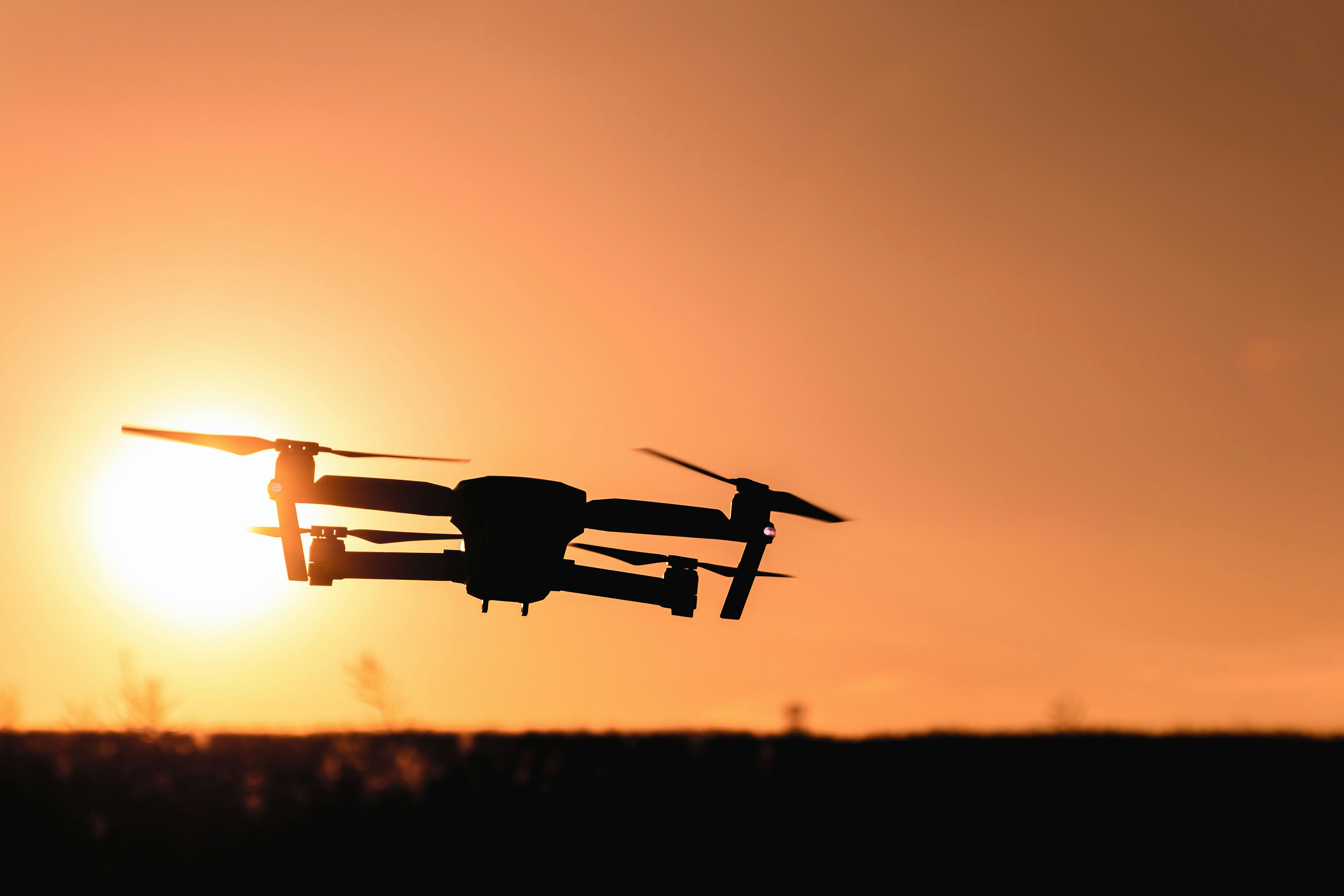Aerial Adventure: The Rise of Drone-Guided Tours
Imagine soaring above ancient ruins, gliding through hidden canyons, or exploring remote islands from a bird's-eye view. This isn't a scene from a sci-fi film, but the latest trend in travel: drone-guided tours. As technology advances and regulations evolve, travelers are embracing this innovative way to experience destinations, combining the thrill of flight with unparalleled perspectives of the world's most stunning locations.

In recent years, drones have transitioned from hobbyist toys to sophisticated tools for photography, videography, and now, tourism. The integration of high-resolution cameras, extended flight times, and advanced stability systems has paved the way for a new breed of tour experiences that offer unique vantages and reach previously inaccessible areas.
How Drone-Guided Tours Work
Drone-guided tours typically involve a small group of travelers led by a licensed drone pilot and tour guide. Participants are equipped with virtual reality (VR) headsets or tablets that display real-time footage from the drone’s camera. As the drone navigates through the landscape, travelers can experience breathtaking aerial views while remaining safely on the ground.
These tours often combine elements of traditional sightseeing with interactive technology. Guides provide historical context and interesting facts about the locations, while the drone offers close-up views of architectural details, natural formations, and wildlife that would be impossible to see from ground level.
The Appeal of Drone Tourism
The allure of drone-guided tours lies in their ability to offer a fresh perspective on familiar destinations. Even well-trodden tourist spots can be transformed into entirely new experiences when viewed from above. For history enthusiasts, drones can reveal the layout of ancient cities or the true scale of monuments. Nature lovers can witness the intricate patterns of landscapes and ecosystems that are invisible from the ground.
Moreover, drone tours appeal to a wide range of travelers. Those with mobility issues can explore rugged terrains virtually, while adventure seekers can scout potential hiking or climbing routes. Photography enthusiasts benefit from unique angles for their shots, and conservationists can monitor and appreciate protected areas without physical intrusion.
Destinations Embracing the Trend
Forward-thinking destinations around the world are beginning to incorporate drone tours into their tourism offerings. In Greece, visitors can now explore the Acropolis and other ancient sites from above, gaining new insights into the layout and architecture of these historical wonders. The fjords of Norway are being showcased through drone tours, allowing travelers to navigate narrow waterways and towering cliffs without the need for boats or helicopters.
In Australia’s Great Barrier Reef, drone tours are providing a non-invasive way to observe marine life and coral formations, supporting conservation efforts while offering spectacular views. Meanwhile, in urban settings like Dubai, drone tours are giving visitors unique perspectives on the city’s futuristic skyline and architectural marvels.
Challenges and Considerations
While the potential of drone-guided tours is exciting, the industry faces several challenges. Regulatory frameworks for commercial drone use vary widely between countries and even regions, requiring tour operators to navigate complex legal landscapes. Safety concerns, both for participants and for those in the vicinity of drone operations, necessitate strict protocols and highly trained pilots.
Privacy issues also come into play, particularly in urban areas or near private properties. Tour operators must be mindful of local regulations and ethical considerations when planning flight paths. Additionally, the environmental impact of drone tourism, including potential disturbances to wildlife, is an ongoing topic of research and debate.
Insider Tips for Drone Tour Enthusiasts
• Research local regulations before booking a drone tour to ensure the operator is fully licensed and compliant
• Opt for tours that use silent or low-noise drones to minimize disturbance to the environment and other visitors
• Consider combining drone tours with traditional ground-based exploration for a comprehensive experience
• Look for operators that offer VR headsets for the most immersive experience
• Be prepared for weather-dependent cancellations, as many drones cannot operate in high winds or rain
• Respect no-fly zones and protected areas, which are established for safety and conservation reasons
The Future of Aerial Exploration
As technology continues to advance, the possibilities for drone-guided tours are expanding. Integration with augmented reality could allow travelers to see historical reconstructions overlaid on current landscapes. Improvements in battery life and flight range may enable longer, more extensive tours. The development of more environmentally friendly drones could also address concerns about noise and wildlife disturbance.
Drone-guided tours represent a convergence of technology and travel, offering new ways to explore and appreciate our world. As this trend evolves, it promises to enhance our understanding of destinations, promote responsible tourism, and provide unforgettable experiences that push the boundaries of traditional sightseeing. For the adventurous traveler seeking a fresh perspective, the sky is no longer the limit—it’s just the beginning.






